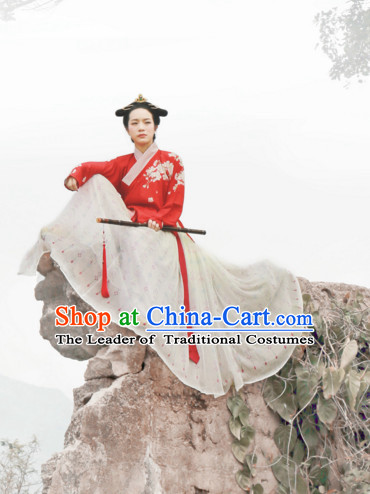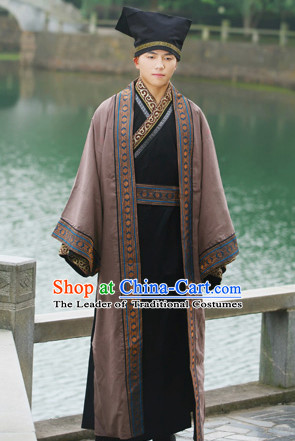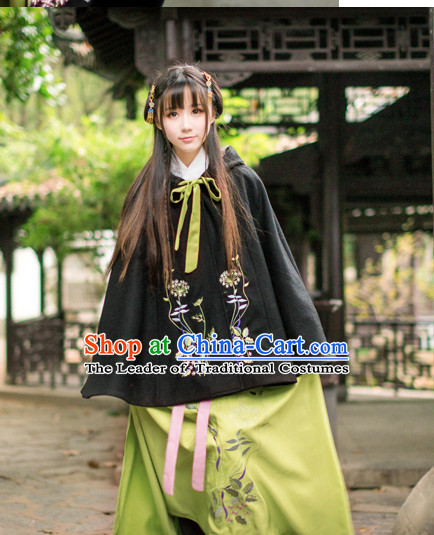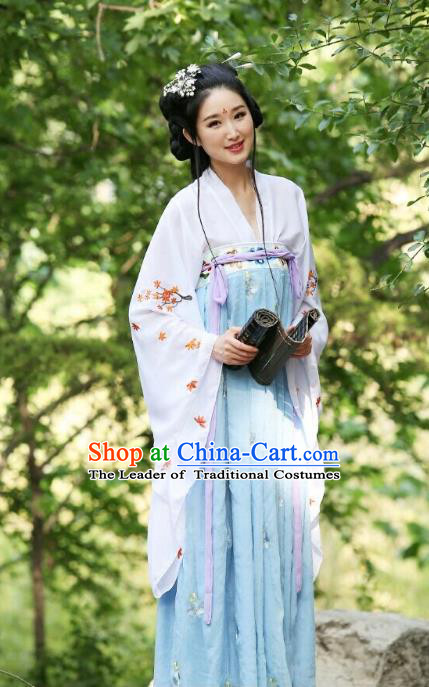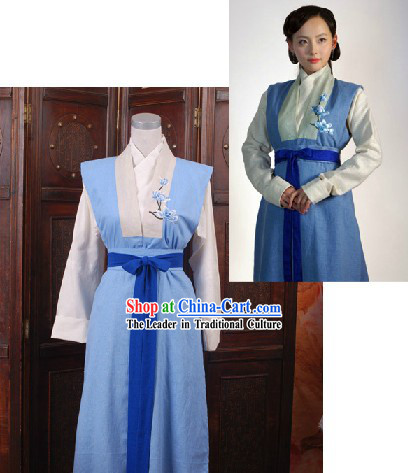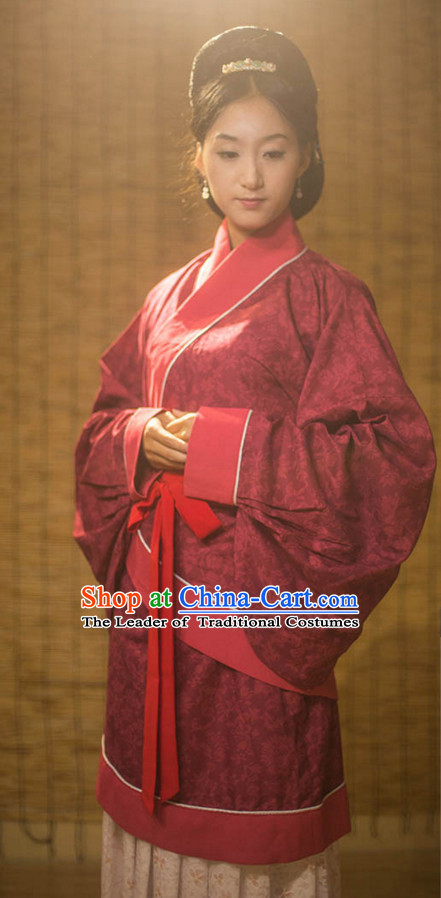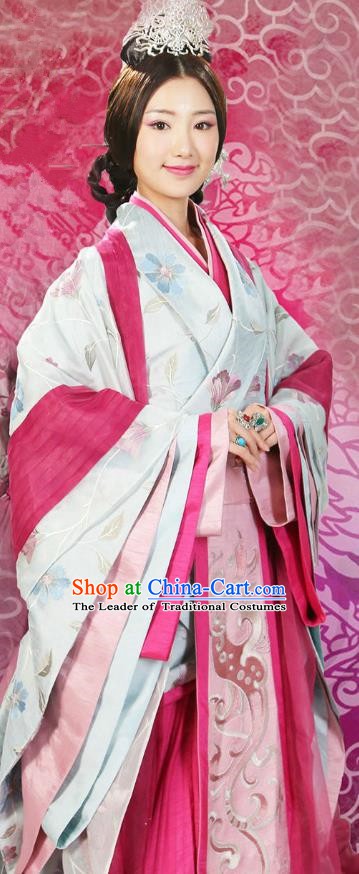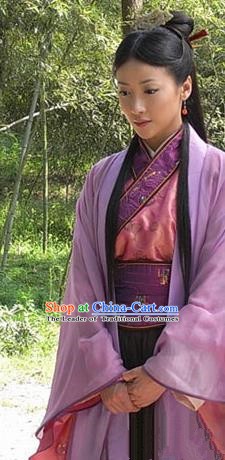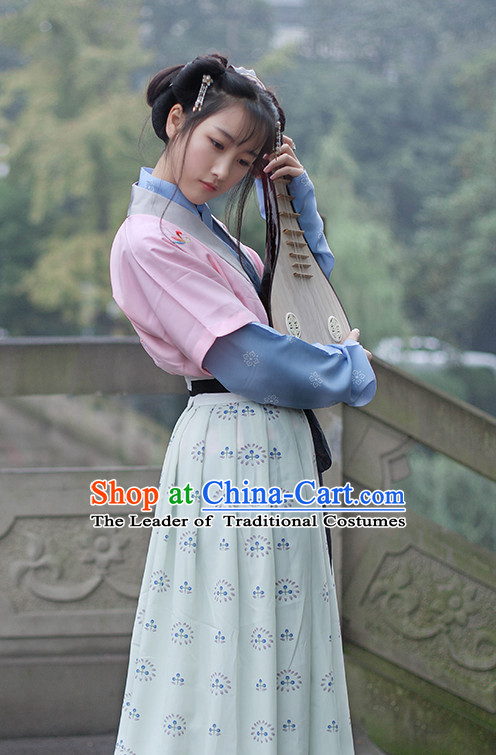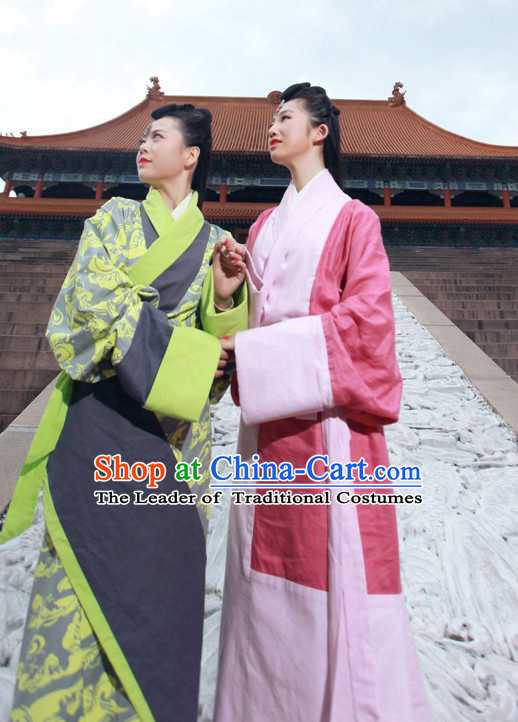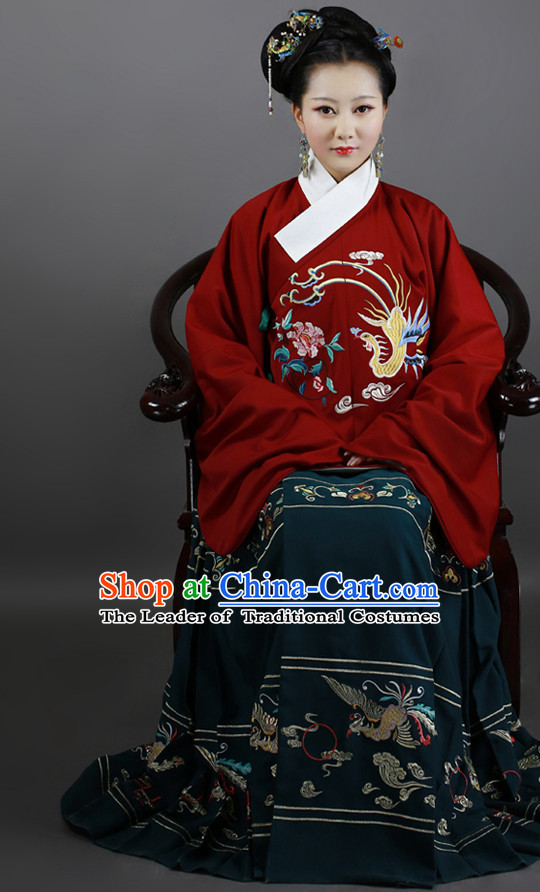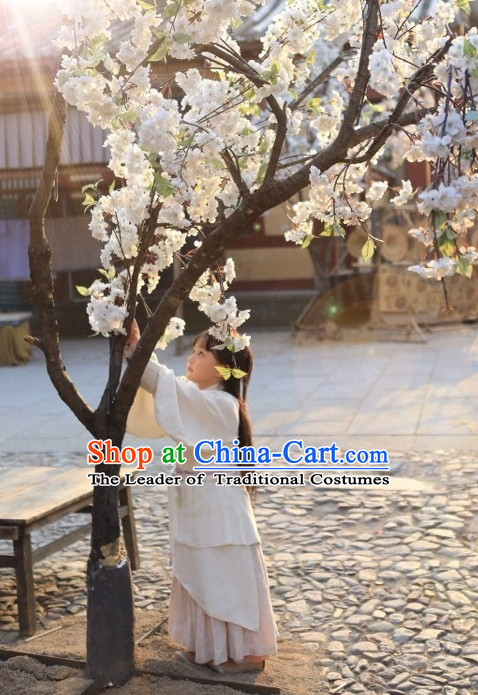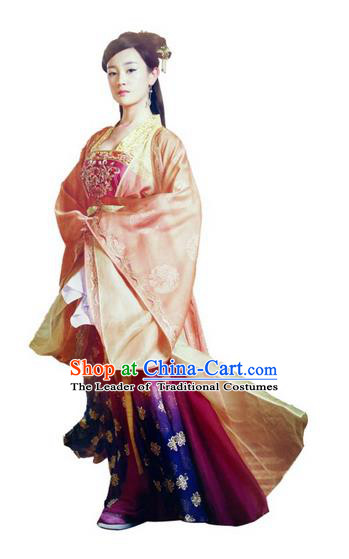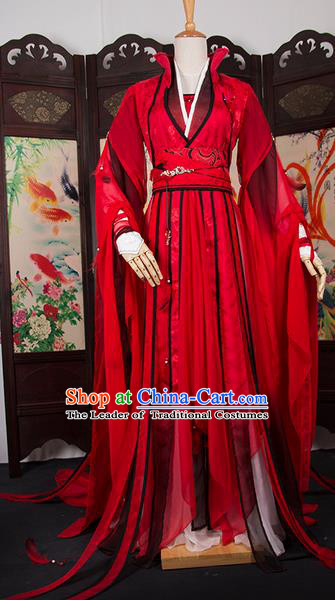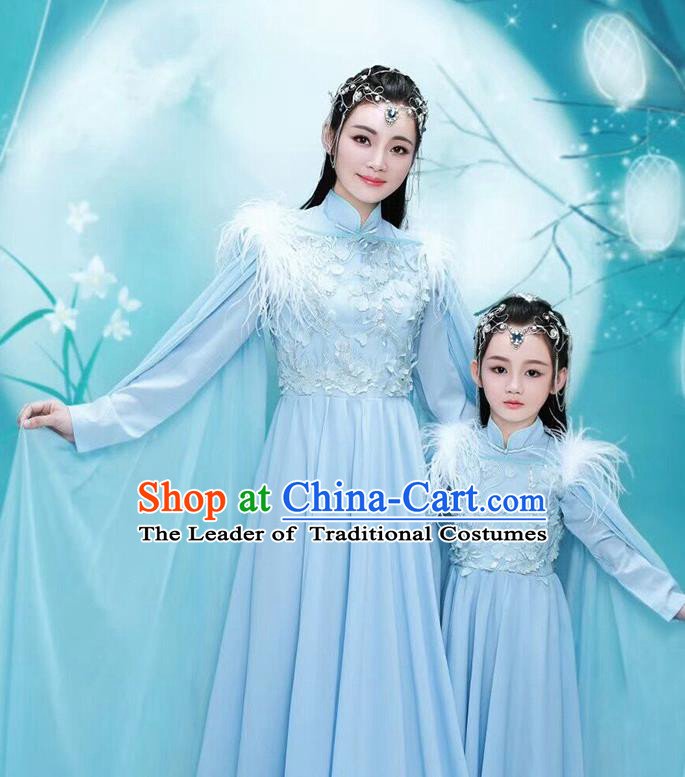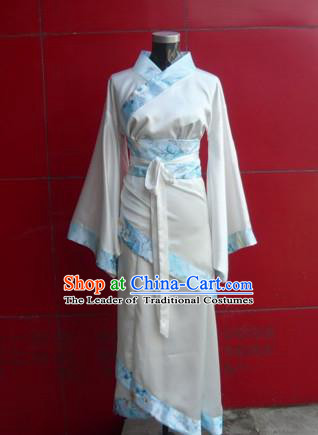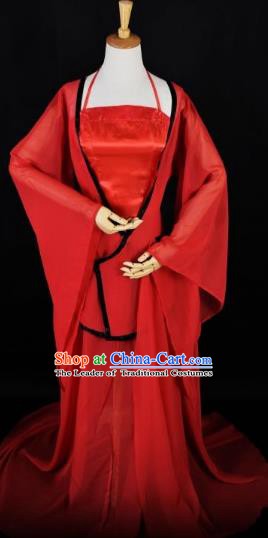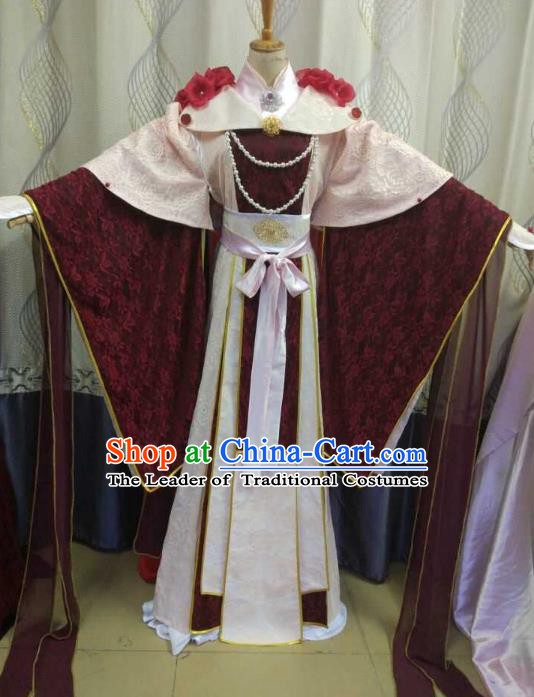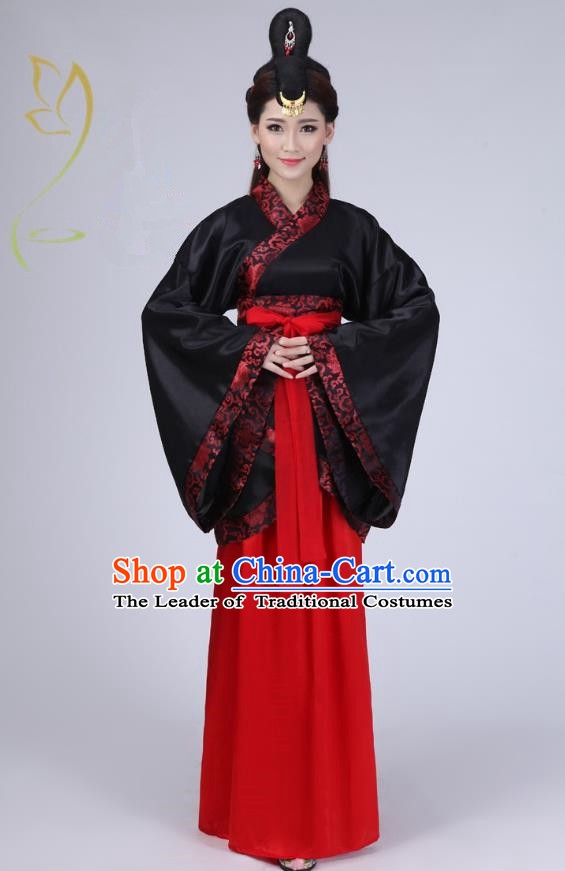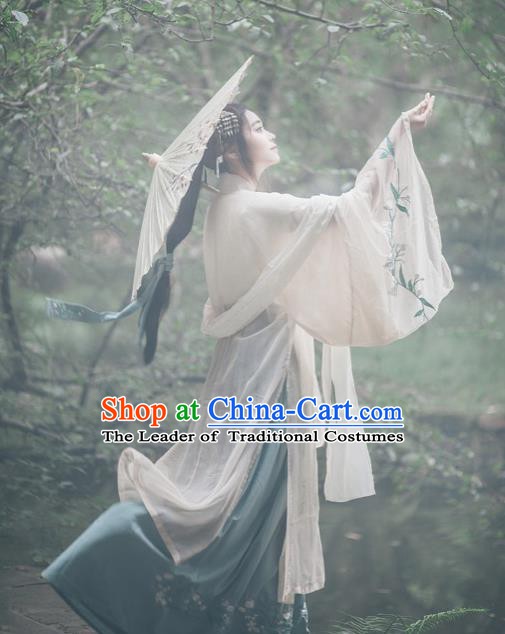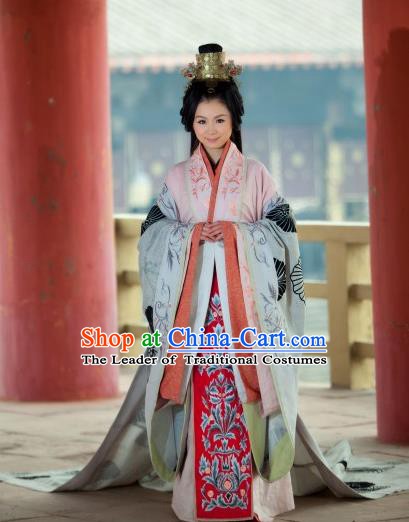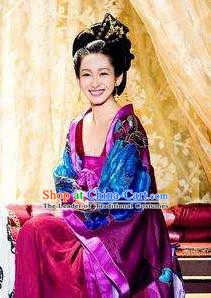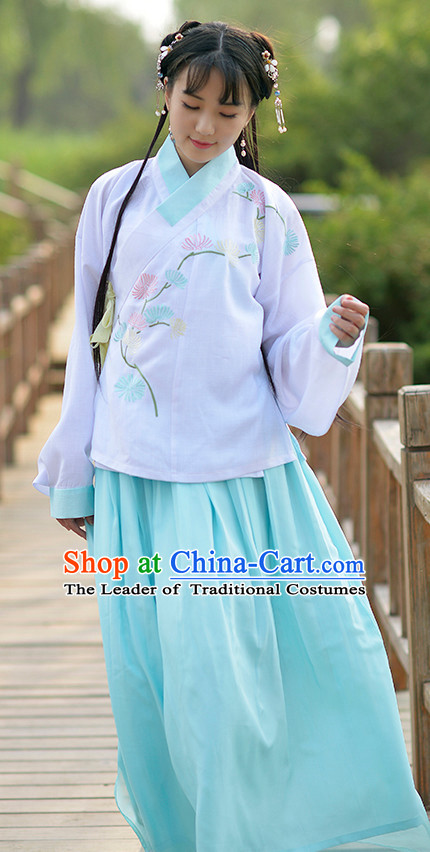
Click Related Pictures for More Audios:
The Hanfu, the traditional attire for women in ancient China during the Ming dynasty, is renowned for its elegance, sophistication, and unique design.
This clothing represents the essence of Chinese ancient culture and history, showcasing the society's emphasis on aesthetics and etiquette during that time.
The Hanfu's design typically includes elements such as long robes, skirts, headwear, and accessories, which may vary across different periods and regions.
The origins of Hanfu can be traced back to the Qin dynasty from 206 BC to 220 AD when the ruler unified China and implemented a series of reforms.
During this period, Hanfu began to gain popularity and became the formal attire for nobles and royal members.
Over time, Hanfu gradually spread to the general public and became a daily wear.
Hanfu's design emphasizes detail and craftsmanship to showcase the wearer's taste and status.
For example, long robes are usually made of silk fabric with exquisite patterns and text embroidered on them.
Skirts come in various fabrics and styles such as gauze skirts, pleated skirts, and mandarin jacket skirts.
Headwear includes hair buns, hairpins, and headscarves used to secure the hair and add decorative effects.
Accessories include earrings, necklaces, bracelets, and rings used to accentuate the overall look.
Apart from its visual appeal, Hanfu also carries symbolic meanings.
For instance, the color of long robes often relates to seasons and occasions; red signifies joy and auspiciousness while blue represents melancholy and sorrow.
Additionally, Hanfu reflects the social hierarchy system of that era, where people of different classes wore different styles and colors.
In conclusion, the Hanfu worn by women in ancient China during the Ming dynasty is a historically significant and culturally rich attire.
It not only showcases the society's aesthetic values and etiquette norms but also reflects people's pursuit of beauty and understanding of social hierarchy systems.













